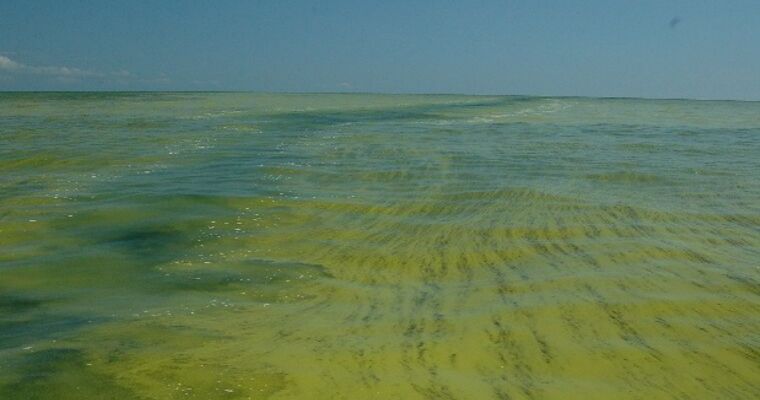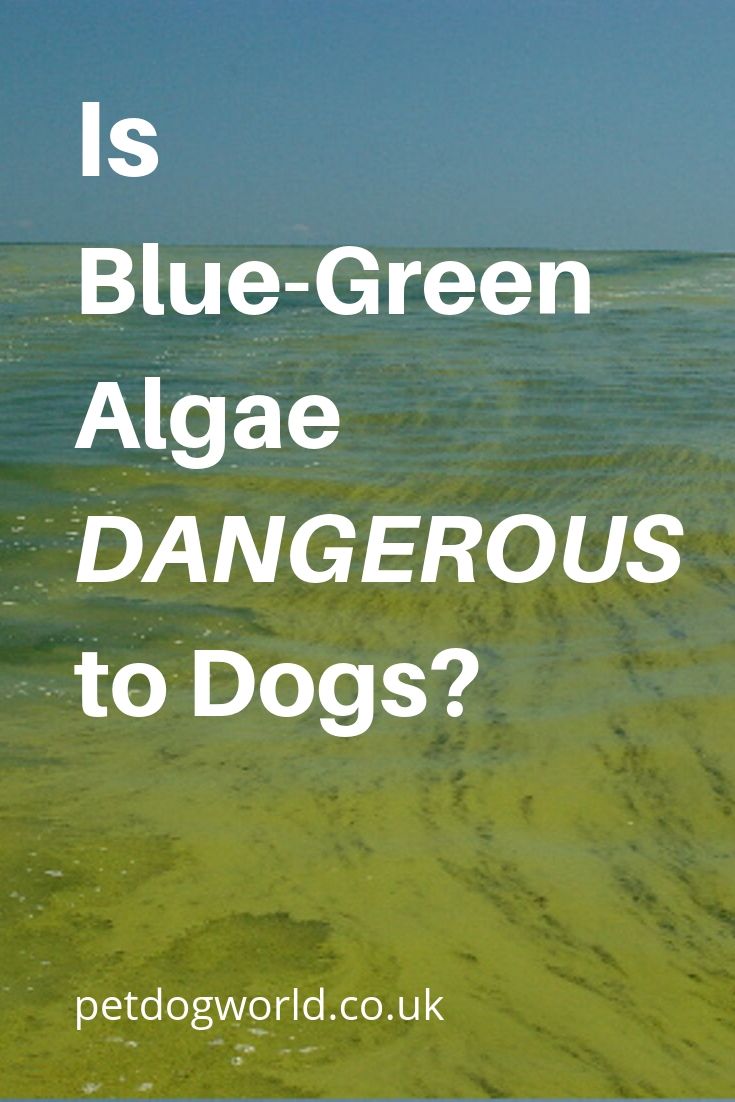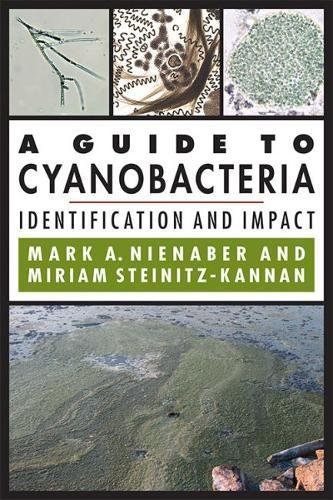I was shocked to read recently that blue-green algae organisms, which are dangerous to dogs and humans have been found in a lake where I regularly walk my dog. Luckily he hasn’t entered the water lately.

What are blue-green algae?
They are a group of organisms called cyanobacteria and have been named blue-green algae because they have the appearance of algae.
These organisms can’t be seen in the water with the naked eye unless they clump together and can sometimes resemble pea soup.
A Guide to Cyanobacteria: Identification and Impact
Where do you find blue-green algae?
Blue-green algae are often found in freshwater lakes and ponds where there is still water.
How do I know if blue-green algae are present?
As it can’t always be seen by the naked eye it’s better to be safe than sorry and not let your dog swim in lakes and ponds.
It depends on the concentration of organisms how dangerous they are and this can vary at different times of the year with a high concentration when the weather has been warm mainly in the Summertime.
There will often be warning signs if the organisms have been detected.
How dangerous are blue-green algae?
Blue-green algae are toxic to not only pets but wildlife, fish and even humans.
In humans, blue-green algae can cause skin rashes, nausea, vomiting, stomach pains, fever and headaches. Children are more at risk and in serious cases live and brain damage can occur.
In dogs, blue-green algae can cause severe illness and death. The toxins stop a dog’s liver from functioning properly.
If your dog has been near a pond or lake and has paddled in the water or drank any of it and starts showing these symptoms, go to your vet immediately.
- Diarrhoea and or vomiting
- Seizures
- Is weak, collapses or falls unconscious
- Seems confused and disorientated
- Drooling
- Difficulty breathing
There is no cure for these toxins, the quicker you get your dog to the vet the better. He will make your dog vomit to get rid of the toxins before they take hold.
It’s better to be safe and keep your pets and kids out of water.
Pin me!



